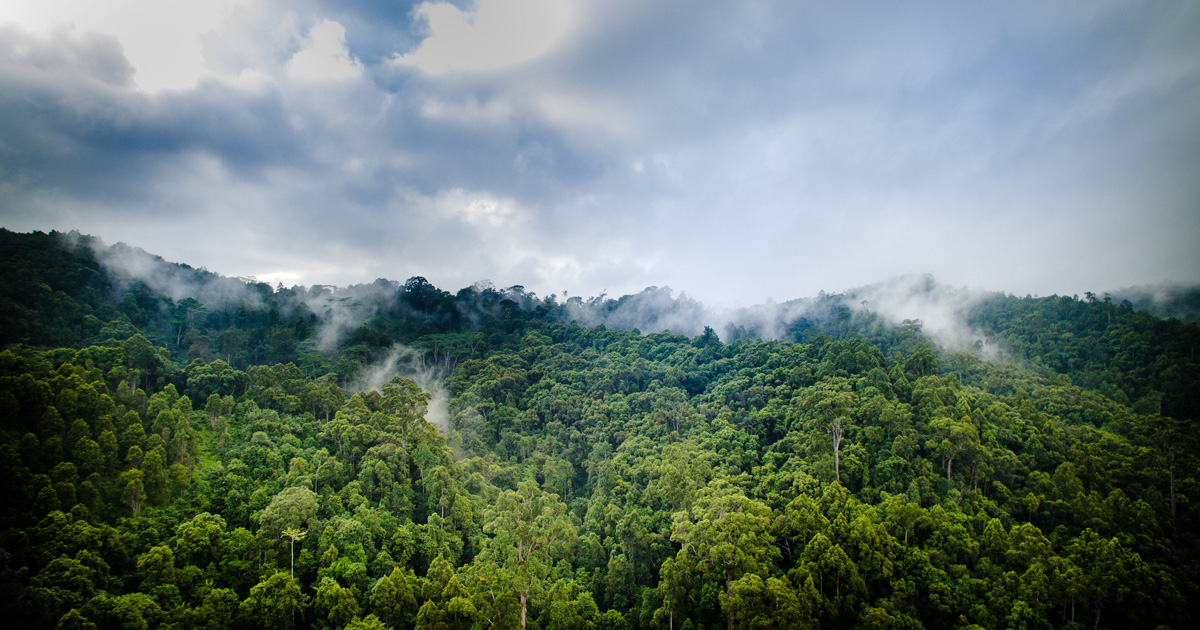Relatively little is known about the diversity, distribution, and community ecology of parasitic plants in the forests of equatorial Africa. We examined mistletoes in the mountain forests of the Bwindi Impenetrable National Park in Southwestern Uganda. We recorded 1,496 individual mistletoes in 64 0.1-ha plots (6.4 ha total), evenly distributed between open (forest-edge) and closed (forest-interior) locations and spanning an elevation range of 1160 to 2607 m above sea level. These mistletoes included 21 species, seven genera and two families and were recorded on 542 host trees comprising 45 tree species. Overall, mistletoes were more common in open than in closed conditions (356 ha-1 versus 129 ha-1). The most abundant mistletoe species was Englerina woodfordioides (Schweinf. ex Engl.) Balle (328 records) followed by Viscum fischeri Engl. (316 records). Six mistletoe species were recorded just once. Harungana madagascariensis Lam. ex Poir. hosted the greatest diversity of mistletoes with nine species, while Maesa lanceolata Voigt hosted eight. Chao’s estimator indicates that mistletoe species richness across the whole forest likely exceeds 40 species which would be over ten percent of the mistletoe taxa known from the continent. The overall diversity and density of mistletoes appears high when compared to reported surveys from elsewhere. Mistletoes add significant botanical diversity in this forest and likely make a substantial contribution to its ecology.
Download:
DOI:
https://doi.org/10.30574/gscarr.2021.7.2.0080
Altmetric score:
Dimensions Citation Count:

























